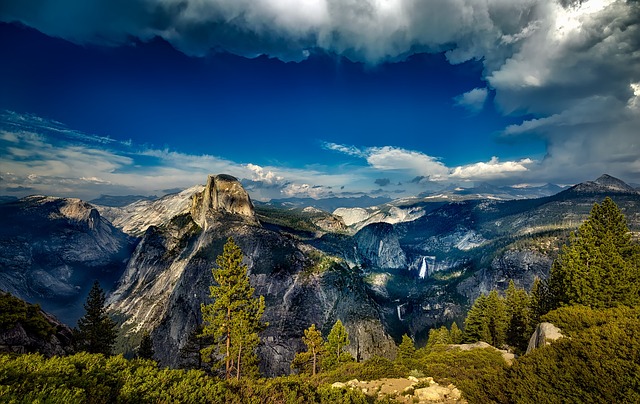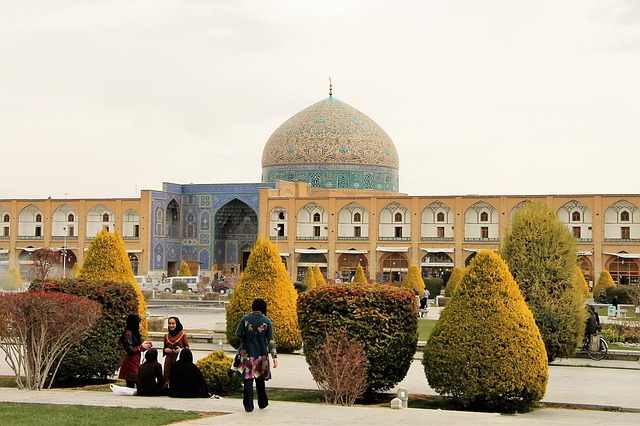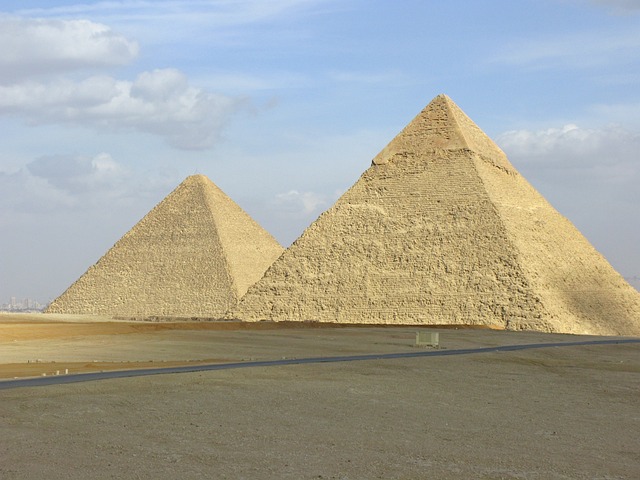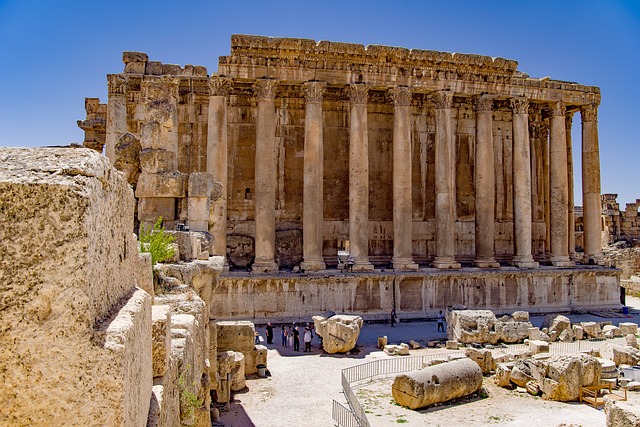Nestled in the heart of California’s Sierra Nevada mountains lies a majestic paradise that captivates nature enthusiasts, adventure seekers, and those just looking to escape the hustle and bustle of city life. Sequoia National Park is not just any park; it is home to some of the largest and oldest living trees on the planet — the magnificent Giant Sequoias. Spanning over 631 square miles, this national park offers a multitude of experiences that showcase the remarkable beauty of nature, the rich history of the area, and the diverse ecosystem that thrives within its boundaries.
The Enormity of the Giants
At the heart of Sequoia National Park are the Giant Sequoias, a species of tree renowned for its breathtaking size and longevity. Among these colossal wonders is General Sherman, the largest tree on Earth by volume, standing at a towering height of 275 feet and boasting a circumference of more than 102 feet at its base. As you wander through the grove, you can’t help but feel awed by their grandeur, with some trees estimated to be over 2,000 years old. Be sure to visit the Giant Forest, home to approximately 8,000 of these ancient giants, and take a moment to reflect on the passage of time as you stroll through the peaceful surroundings.

A Tapestry of Scenic Landscapes
Beyond the impressive sequoias, Sequoia National Park is blessed with a diverse array of landscapes, ranging from lofty granite peaks and deep canyons to lush meadows and alpine lakes. The park is part of the larger Sequoia and Kings Canyon National Parks, which means it’s flush with indescribable views and opportunities for exploration.
One of the most recognizable features is Mount Whitney, the highest peak in the contiguous United States, reaching a height of 14,505 feet. Whether you’re a seasoned climber ready to ascend its challenging trails or simply want to admire its splendor from afar, there’s no denying the breathtaking sight of its snow-capped summit. Other notable highlights include the starkly beautiful Moro Rock, where a steep and manageable climb rewards visitors with panoramic views of the Sierra Nevada Mountains, and the pristine Crescent Meadow, often dubbed the “gem of the Sierra.”
Outdoor Activities for Everyone
Sequoia National Park is not only a haven for those wishing to bask in nature’s glory but also offers an abundance of recreational activities. Here are some of the most popular pursuits to consider during your visit.
Hiking
With over 800 miles of trails ranging from easy walks to challenging backcountry excursions, hikers of all skill levels will find something to suit their preferences. Some must-see trails include the easy 1.5-mile round-trip hike to the General Sherman Tree, the breathtaking 4-mile round-trip trek to Moro Rock, and the more challenging trail to the pristine lakes of Pear Lake.
Camping
For those who wish to immerse themselves in the wilderness, the park offers several campgrounds where you can pitch a tent and enjoy a traditional camping experience. Campgrounds, such as Lodgepole and Tuolumne Meadows, provide essential amenities and easy access to scenic hiking trails. Be sure to reserve your campsite in advance, especially during the peak summer season, as spaces fill up quickly.
Winter Sports
If your visit coincides with winter, don’t miss the opportunity to partake in activities like snowshoeing, cross-country skiing, and even backcountry skiing. The park’s elevations and wintery wonders transform the landscape into a winter paradise, creating a magical environment perfect for outdoor enthusiasts.
A Peek into the Past
The origins of Sequoia National Park date back to 1890, making it one of the first national parks in the United States. The establishment of the park was driven by the desire to protect the iconic Giant Sequoias from logging and destruction. Today, visitors can learn about the park’s history at the visitor centers, with exhibits covering the native populations, the ecology of the region, and conservation efforts aimed at preserving its natural beauty for future generations.
Native American Heritage
The history of Sequoia National Park is rich with Native American heritage. Before becoming a national park, the area was inhabited by the Yokuts, who revered the giant trees as sacred. Today, the park acknowledges this cultural background through interpretive programs and museum exhibits.
Travel Tips for Your Visit
To ensure that your visit to Sequoia National Park is both enjoyable and safe, consider the following tips:
- Plan Your Visit: The park is open year-round, but some areas may be inaccessible in winter due to snow. The best time to visit is generally from late spring to early fall when conditions are mild and all attractions are accessible.
- Dress Appropriately: The weather can vary significantly depending on altitude and time of year. Dress in layers and be prepared for changing weather conditions, especially in the mountains.
- Stay Hydrated: Whether exploring on foot or basking in the sun, bring plenty of water to stay hydrated during your adventures.
- Leave No Trace: As a visitor to a national park, it’s vital to follow the Leave No Trace principles. Pack out what you pack in and respect wildlife by observing from a distance.
Sequoia National Park is a breathtaking tapestry of natural wonders, where time seems to stand still among the towering giants and stunning landscapes. Whether you’re an avid hiker, a photography enthusiast, or simply seeking tranquility in nature, this awe-inspiring destination offers something for everyone. From the grandeur of the Giant Sequoias to the thrill of outdoor activities, a trip to Sequoia National Park will leave you with memories that last a lifetime. So pack your bags, grab your hiking boots, and get ready to explore one of California’s timeless treasures!






Hey There. I found your weblog the use of msn. That is an extremely smartly written article. I’ll make sure to bookmark it and return to read extra of your helpful information. Thank you for the post. I’ll certainly comeback.